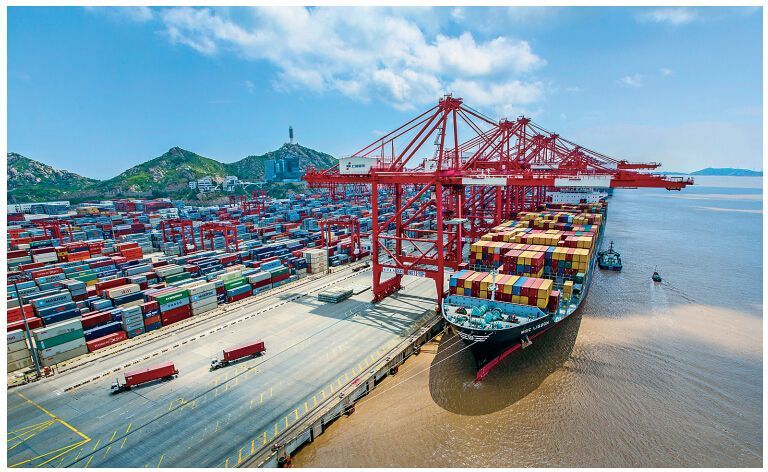It is reported that Moore Stephens shipping analyst Richard Greiner said that the shipping market needs to take a series of measures to successfully respond to the challenges in the market in 2015. Among the various challenges that the industry will address in 2015, excess capacity will remain the primary issue facing the shipping market.
Analysts pointed out that with the further implementation of the new emission control area (ECA) regulations and ballast water (purchasing supply) treatment in 2015, the challenges facing the shipping market in the future will become more and more serious, but the excess capacity will be More challenging than these. In addition, with the increase in operating costs and regulatory costs in 2015, the future oil price increase rate may exceed the freight rate.
As of 2014, the shipping confidence index has continued to rise for six years and two years of decline. The current market conditions are also difficult to predict what changes will occur in the market in the next 12 months. In 2015, the shipping industry needs to wait and see, and it needs to take measures for situations that can be improved, and it needs to be accepted for situations that cannot be changed. Among them, the implementation of the new regulations is the part that the shipowners need to receive, and the problem of excess capacity can be improved by accelerating the retirement of old ships.
Analysts concluded that the shipping industry is unstable. The industry is affected by political and economic factors. Although political stability and economic growth can improve the industry, it cannot underestimate the potential crisis in the market. The biggest crisis in the shipping industry is not to set too high a target that cannot be practiced in the short term, but to set a goal that is too low to achieve.
According to BIMCO, the total capacity growth of bulk carriers (ship-type shipyards) in 2015 will slow down to 4-5%. Therefore, the demand for Capesize bulk carriers will increase, and the performance of this type of vessel will be superior to other small vessels in the market.
In 2014, 70% of the transportation demand in the market came from the growth of China's iron ore transportation demand, which is expected to continue in 2015.
For the container shipping market, BIMCO expects that under the “new normal” level, the shipping capacity will increase by 6%, making the demand side of the container shipping a focus. The agency said that demand for consolidation in the European market is further strengthening, while demand in the US market is expected to improve further. With the increase in demand for US East Coast container shipments in the market and the further construction of ports in the region to meet the port of ultra-large container ships (ship-type shipyards), this will make 2015 a landmark year. In addition, the expansion of the Panama Canal and the Suez Canal will further affect the deployment of the ship.

Previous topic: No more
Next topic: No more